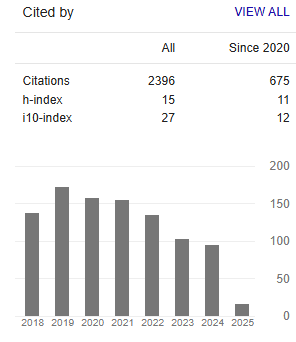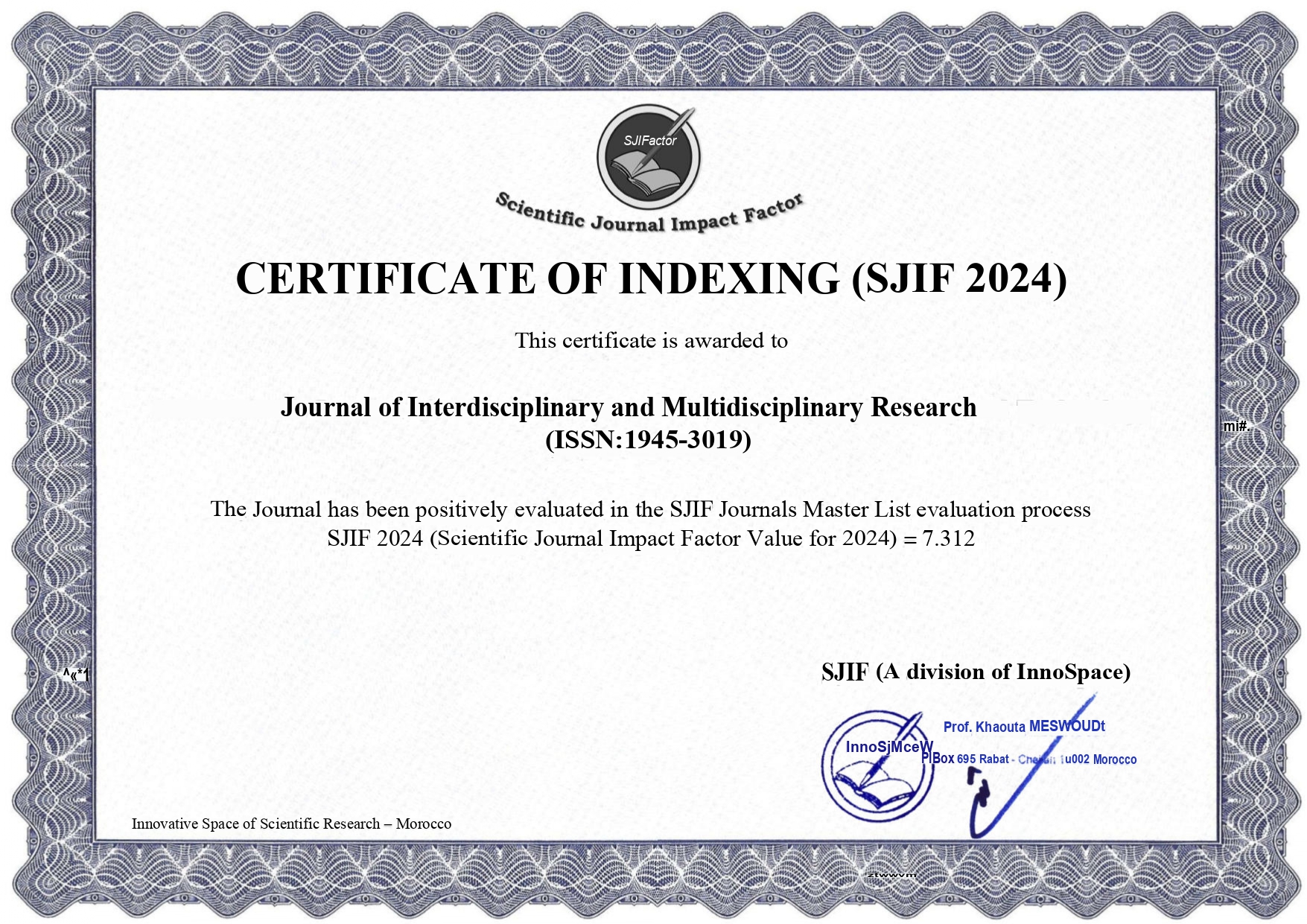Applying conflict analysis and resolution strategies to assess organizational safety culture in accident investigations
Keywords:
Workplace Safety, Safety Culture, Conflict Analysis, Root Cause AnalysisAbstract
The analysis of workplace safety must consider a diverse set of factors including work processes, equipment, safeguards, training, standards, and policies. Organizational safety culture has been recognized as another important factor in the analysis of workplace safety. The safety culture present in any organization can have a profound influence upon safety practices and probability of mishaps. The assessment of safety culture has been the focus of numerous research projects because the ability to identify the pathologies within safety culture can effectively address root causes of accidents. Development of tools to understand and effectively assess safety culture continues to be a topic of great interest in the safety sciences. Understanding the social factors that lead to conflicts within organizations and result in mishaps is critical to injury and illness prevention. Commonly used conflict analysis strategies were examined for their potential application as safety analysis tools. The Ishikawa Fishbone Dispersion Analysis strategy and the Social Cubism Conflict Analysis Model were identified as potentially effective tools for mishap root-cause-analysis and assessment of organizational safety culture as part of safety investigations.Published
2025-01-28
Issue
Section
Articles






